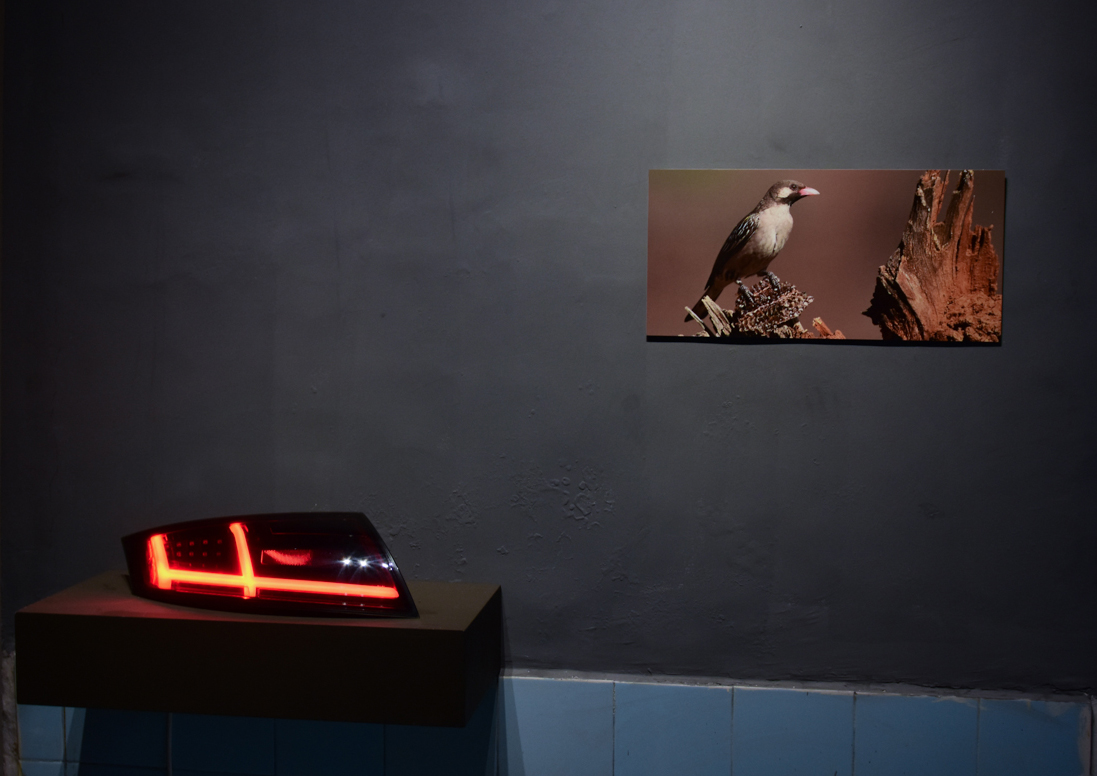James Beckett
Born in 1977 in Harare (Zimbabwe)
Lives and works in Amsterdam (The Netherlands)
James Beckett’s research-based practice explores minor histories, mostly concerned with industrial development (and subsequent demise) across Europe, a process of investigation which is as much physical as it is biographical. Museological display mechanisms are key in Beckett's presentations, with craft-like assembly placing the work uncomfortably between a bourgeois decorative art and a crude social reality. His more recent works focus on the disparate practices of architecture and dentistry and the more metaphysical subculture of dowsing. His recent shows include: T293, IT (2017); 56th Venice Biennale, Belgian Pavilion, IT (2015); 5th Thessaloniki Biennale, GR (2015); Markus Lüttgen Galerie, DE (2015); Wilfried Lentz, NL (2015); Artspace, Aukland/Physics Room, NZ (2014); steirischer herbst, AT (2013); TWAAS, US (2013); Stedelijk Museum, NL (2012); CCA Wattis, US (2012); Dak’art, African Biennale, SG (2012); T293, IT (2011). In 2003 he received the Prix de Rome for art and public space, and has published two monographs: Constant Interjections, TWAAS/Koenig books (2013) and James Beckett, Kehrer Verlag (2009).
James Beckett writes of his installation for KB17: “I would like to connect quite solidly and coherently to the idea of ‘Witness’, but choose not to do so in the most obvious of ways. As a starting point, I intend to look toward the Theatre of the Absurd. In its famous dictum: logical construction and argument gives way to irrational and illogical speech and to its ultimate conclusion, silence. I see potential in such silence, for that too of the witness. Overwhelmed, dumb-struck, numb: a frozen spectator - yet a subject by all means. For Karachi, it is not a theatre piece or a play I will attempt, or even a documentative form for these players, but a research project looking to connect contemporary and historical moments, to find a form or a manifestation of ‘witness’ through the lens of the absurd. At this moment I am looking at the so-called ‘dynmamic back lights’ of Audi A6/A7 sedans. The indicator of these lights is animated, so that LEDs move in sequence in the direction the driver intends driving. It is a kind of over-explained gesture, or sign - a point where technology becomes patronising by over-developing already well functioning systems. I find this to be an appropriate metaphor for the times in which we live. In research I intend to expand on such a collection, to the formation of an installation to be titled Simple Indicators. My resulting work primarily hopes to engage and activate a public in Karachi, but purposefully looks for a more sublime and subliminal fashion. It is in this sense I see this opportunity to show in the Biennial, as a chance for experiment and change.”

Simple Indicators, 2017.
Mixed media installation
Dimensions variable
Courtesy the artist
Photo of the artist by Janiek Dam

